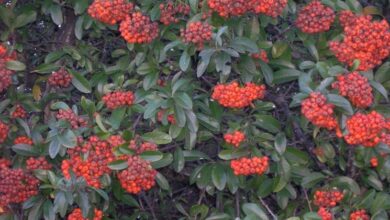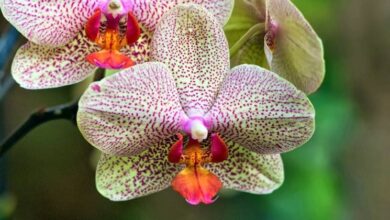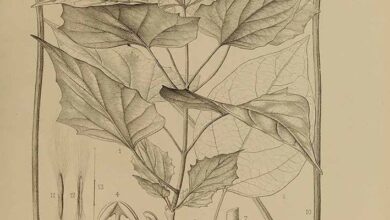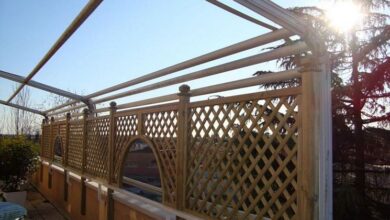Rose bonsai
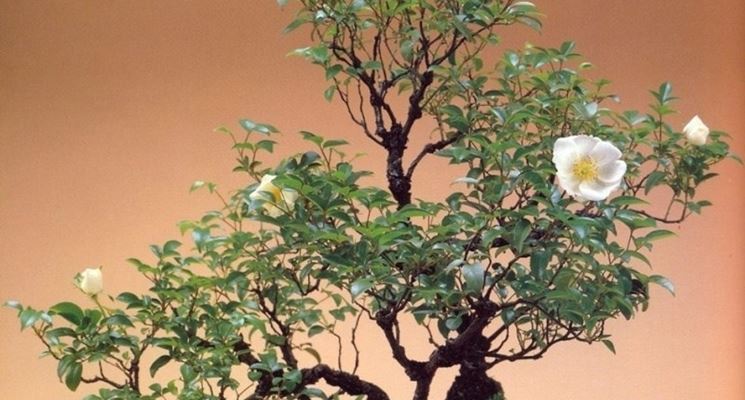
How to get a rose bonsai

Prune the rose bonsai
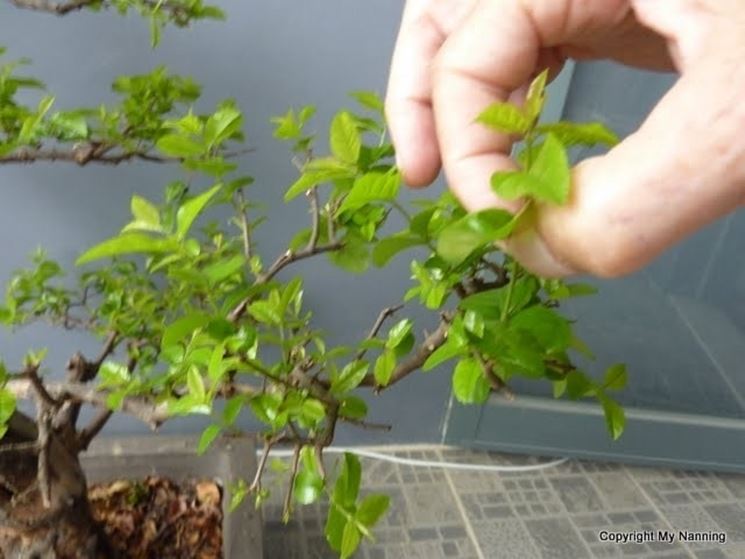
Pruning is one of the necessary steps to have a bonsai rose. When the leaves have reached their maximum size, you will have to cut them all in half, in doing so you will allow the plant to immediately put more, but of reduced size. In this way, pruning after pruning, you will get the leaves of the desired size. You will always have to take into account the proportions, because where large leaves are disproportionate on a small trunk, it is also true that small leaves would be disproportionate on a well placed stem. The trunk can be modeled until the third year of life, from the fifth onwards it will be difficult to obtain good results. An operation to be carried out on the foliage of the rose bonsai is the so-called «pinzatura» or «pinching».
The repotting of the bosai delle rose
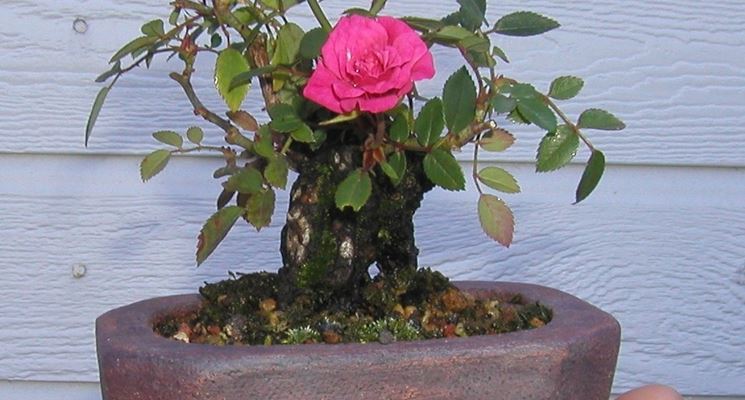
Repotting bonsai is a mandatory practice, rose bonsai are no exception. Changing the BON will be necessary when the plant has reached about the third year of life. To do this, choose a day without wind, so that, after having freed all the root system from the soil, you can let the roots dry well. Prepare some water with Vitamin B in a separate container, which you can find in specialized stores or on websites. This preparation with the addition of rooting hormones, will make your rose bonsai suffer less from the thinning of the roots. Once the suitable pot has been chosen and the drainage nets are well positioned, place a little soil on the bottom and place the bonsai after immersing the root part in water and vitamin B. With the help of a stick, finish filling the pot with earth, so that no uncovered roots remain. Water well and don’t fertilize for at least 20 days, but you can add vitamin B to your irrigation water for at least a week.
Rose bonsai: The pests of rose bonsai: how to cure them
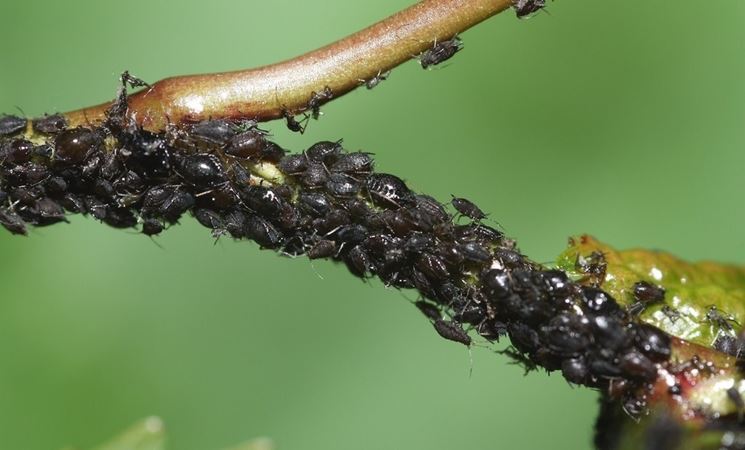
Like all roses, even the bonsai of this species suffer from attacks by parasites, and in particular from green lice or aphids. The fact that the plant is bonsai makes it more vulnerable and sensitive to contracting these diseases. Its most persistent and frequent enemies are: aphids, red spider mite and mold. To try to prevent these annoying «invasions», it is advisable, in spring, to resort to anti-parasitic products, and also pay close attention to water stagnation that could be created. A natural product against aphids and spider mites, you can obtain it by leaving some «pieces of tobacco» to macerate for about twenty days, essentially «Toscanelli» (even not smoked), fir or pine bark and horsetail or tail filly.

